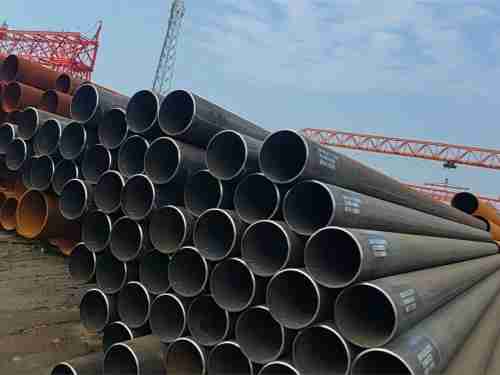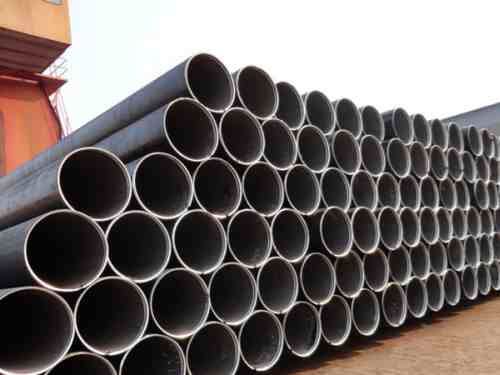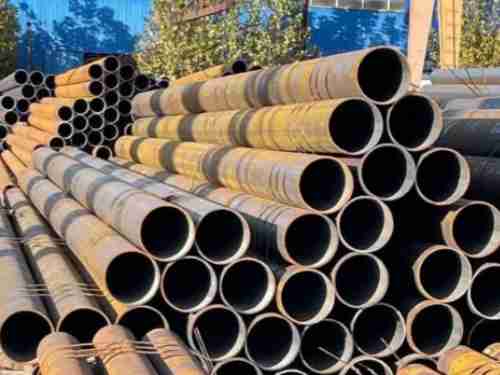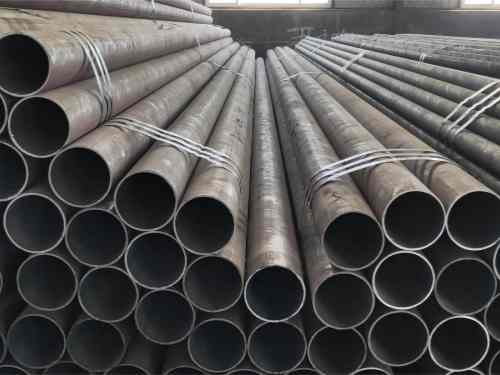How to identify carbon steel plate defects?
Magnetic Particle Testing (MT)
MPI works by charging the part under test (directly or in a circuitous manner) and then applying a wet suspension or dry iron particles (usually iron oxide) to it. The presence of surface or subsurface cracks in the part under test can cause the attraction motion to spill over because air is not as attractive per unit volume as metal. If a transition overflow area is available, iron particles are pulled into it and form a sign.
Dye Penetrant Inspection
Known as DPI, Fluid Penetration Inspection (LPI), or Penetration Testing (PT), this is a simple evaluation strategy commonly used to find surface fracture yielding of non-permeable materials (metals, plastics, ceramics). LPI is used to identify protruding, forming and welding surface defects such as fine line breaks, surface porosity, spills in new products, and weak point breaks in managed parts.
DPI exploits weakly active, low surface strain liquids into perfectly dry surface fracture defects. Penetrants can be applied to the test part by dipping, spraying or brushing. After allowing sufficient penetration time, the excess penetrant is removed and the application engineer extracts the penetrant from the defect to make the signs visible.
Eddy Current Testing
ECT is a non-destructive testing (NDT) method used to differentiate surface and subsurface defects through electromagnetic solicitation. In its simplest construction, a coiled copper wire is energized by a surrogate current to create an attractive field around it. As the loop moves towards the conductive material, a flow confined in the crimp is induced in the material.
Defects in the conducting material disturb the way eddy currents form a neighborhood attraction field that alters the balance of the frame, which can be assessed by estimating impedance changes in the crimp.
Low temperature carbon steel plate grades
Low temperature carbon steel is mainly used in low temperature equipment, especially welded pressure vessels. They are low to medium carbon (0.20 to 0.30%), high manganese (0.70 to 1.60%), silicon (0.15 to 0.60%) steels with a fine grain structure and uniform carbide distribution
Carbon steel plate for low temperature service?
For use in piping systems where the process fluid temperature may drop below -29 degrees Celsius during operation. ASTM A333 Gr 6 is used for low temperature carbon steel in normal operation. It is mainly used in cryogenic equipment, especially welding pressure vessels. It is a nickel-based alloy steel plate especially suitable for low temperature applications below -150 degrees Fahrenheit, mainly for low temperature construction of spacecraft, and low temperature applications in chemical plants below -55 °C.

 English
English Español
Español











